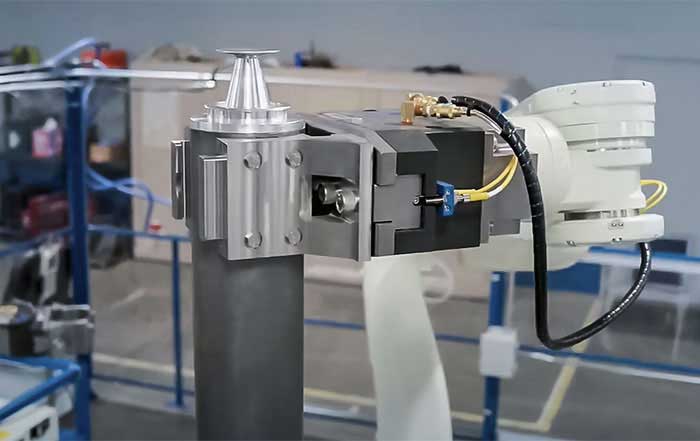Experts predict that, by the year 2052, most roles in the workforce, as we know it today, will be effectively replaced by automated devices. It is not surprising. As the world technological advancement continues to unfold, it is clear that human dependency on machines and other mechanical forces is fast taking a hold. Think about the most recent technological advances as classic cases.
The Moley Robotics Company recently came up with an intelligent, completely automated robot that can cook, prepare meals as well as clean up after itself. The remarkable machine can replicate precise preloaded recipes into its internal memory. It has no problem making any kind of meals, be it a gourmet dish or a fast-food hamburger.
Since the year 2000, the medical personnel have successfully used robotic machines to perform a host of complicated procedures. This is regardless of the fact that the actual surgery is carried out by a human doctor. What are some benefits of doing such procedures using robots? One of the greatest advantages is that these machines are much more precise and accurate, as long as the man or woman operating the device is also as precise and accurate.
The first fully- automated farming system is soon to launch in Japan. These robots will be able to perform tasks like growing, watering and pruning crops. The only task that will be beyond them is the sewing of seeds. In the modern world, robots seem to be replacing humans everywhere. This ranges from pharmacists, delivery drivers, construction and telemarketing. One obvious advantage of doing this is that companies can save money from staff wages. Despite the initial setup of installing the machines being quite expensive, as time goes by, this is likely to become cheaper. Indeed, many companies will soon discover that they can afford to invest in this long-term venture.
It is interesting to note that many companies will come to the realization that machines can work quicker than humans, and that mass production can be successfully programed. Moreover, if a machine can successfully replicate itself, then it can also be an automatic catalyst to its processes.
Robots, nevertheless, cannot have their own feelings to sense the important social problems as they work. This factor has the potential to either slow down or effectively hamper their work. But there are a few new benefits associated with robot use. Robots do not need to be paid salaries at the end of the month. They have no need for staff benefits at the end of years of work. Yes, they have no need for a lunch allowance or even the lunch break itself. Robots can work underwater, in space, under hot or cold conditions, where humans cannot work without some expensive equipment.
As noted, machines are generally consistent and quite accurate. Once a machine starts the process of mass production, in theory, it should produce the exact product again and again. By the same measure, a human operative usually works with higher chances of error and much inconsistency. Machines can create a variety of products on any scale, whether they are high-rise buildings or microscopic devices. The only limitation of machines will probably be the natural laws of physics.
These days, there are robotic machines that can help people learn new languages. It is no secret that learning another language can actually open up new windows of opportunity. This can happen both for business interests and other personal development endeavors. Once you get yourself to begin learning new languages, you will develop a larger perspective.
Medical research has shown that, people who make the effort to learn other languages, consistently demonstrate a tendency to delay the onset of certain brain disorders like dementia and Alzheimer’s. Since countries like the US are fast becoming more international and cosmopolitan, it might just be the right time for you to bring over your robot-facilitated dictionary and start learning.
You will never regret it.
Regardless, machines cannot be classified as learning devices. They can only do what humans have programmed them to do. One consequence is that machines will not improve as the time advances. Not unless someone programs this into the machine makeup. Robotic machines are also quite expensive to set up, maintain or repair. Whenever a company decides to invest in buying such a machine, it should be considered as a long-term investment rather than a tool for immediate saving.

